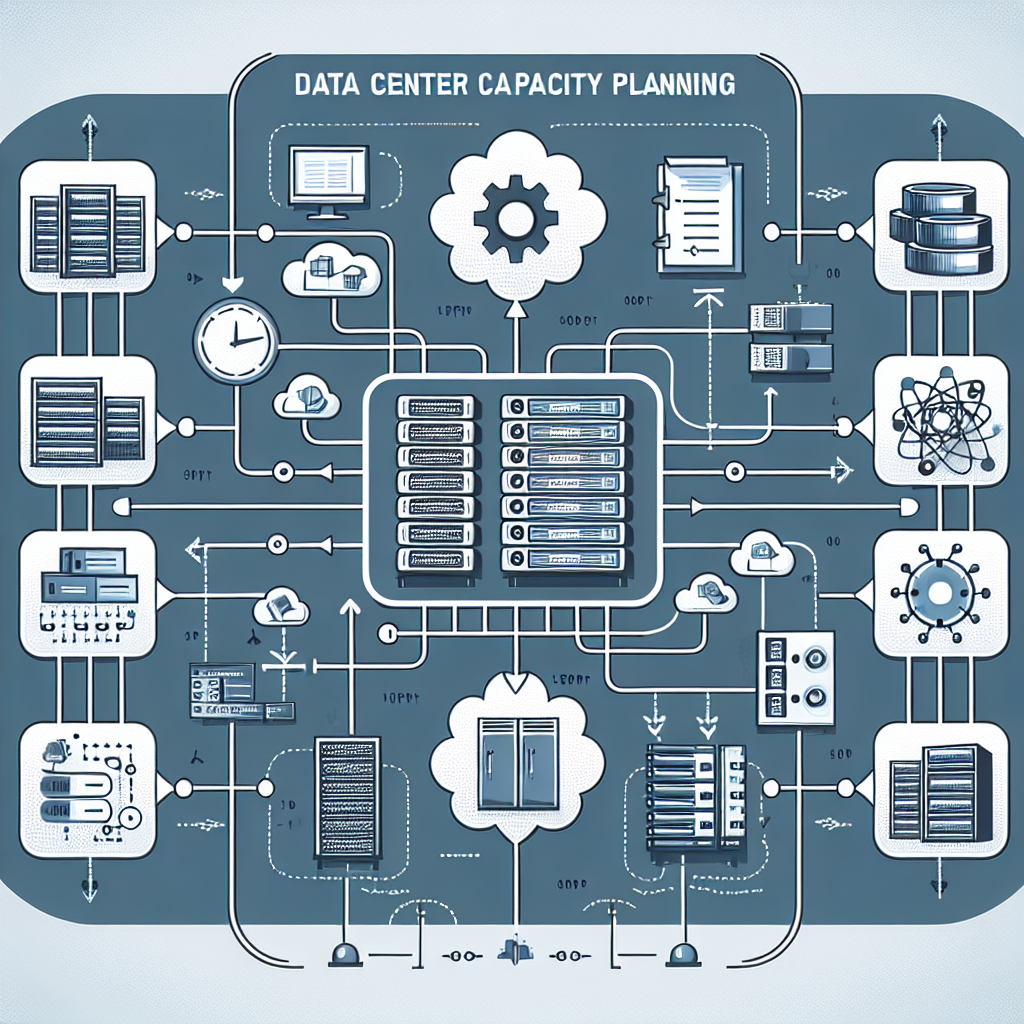Your cart is currently empty!
10 Essential Steps for Successful Data Center Capacity Planning

Data centers are a critical component of any organization’s IT infrastructure, providing the necessary resources to support the growing demands of digital operations. However, without proper capacity planning, data centers can quickly become overwhelmed, leading to downtime, performance issues, and costly upgrades. To ensure the success of your data center, it’s essential to have a comprehensive capacity planning strategy in place. Here are 10 essential steps for successful data center capacity planning:
1. Define your goals and objectives: Before diving into capacity planning, it’s important to clearly define your organization’s goals and objectives. This will help you determine the level of capacity needed to support your business operations and make informed decisions about future investments.
2. Conduct a thorough assessment of your current infrastructure: Start by evaluating your existing data center infrastructure, including servers, storage, networking equipment, and power and cooling systems. Identify any bottlenecks or areas of inefficiency that may impact capacity planning.
3. Analyze historical data and trends: Review past usage patterns and trends to understand how your data center resources are being utilized. This will help you forecast future capacity requirements and make more accurate predictions about resource allocation.
4. Consider future growth and expansion: Anticipate future growth and expansion of your organization to ensure that your data center can scale accordingly. Factor in new applications, technologies, and business initiatives that may impact capacity requirements.
5. Collaborate with stakeholders: Involve key stakeholders, including IT teams, business leaders, and financial managers, in the capacity planning process. This will help ensure that everyone is aligned on goals and priorities, and that decisions are made with input from all relevant parties.
6. Develop a comprehensive capacity plan: Create a detailed capacity plan that outlines your current and future capacity requirements, along with strategies for optimizing resource utilization and mitigating risks. Include timelines, milestones, and performance metrics to track progress and measure success.
7. Implement monitoring and reporting tools: Deploy monitoring and reporting tools to track the performance and utilization of your data center resources in real-time. This will help you identify potential bottlenecks, optimize resource allocation, and proactively address capacity issues.
8. Regularly review and update your capacity plan: Capacity planning is an ongoing process that requires regular review and updates to reflect changing business needs and technology trends. Stay agile and adaptable to ensure that your data center remains efficient and responsive to evolving demands.
9. Conduct regular capacity assessments: Perform regular capacity assessments to evaluate the effectiveness of your capacity planning efforts and identify areas for improvement. Use these assessments to refine your capacity plan and make informed decisions about resource allocation.
10. Continuously optimize your data center infrastructure: Continuously optimize your data center infrastructure to maximize efficiency, performance, and cost-effectiveness. Explore new technologies, best practices, and industry trends to stay ahead of the curve and ensure the long-term success of your data center.
By following these 10 essential steps for successful data center capacity planning, you can ensure that your data center remains efficient, resilient, and responsive to the needs of your organization. With a solid capacity planning strategy in place, you can optimize resource utilization, minimize downtime, and support the growth and expansion of your business operations.

Leave a Reply